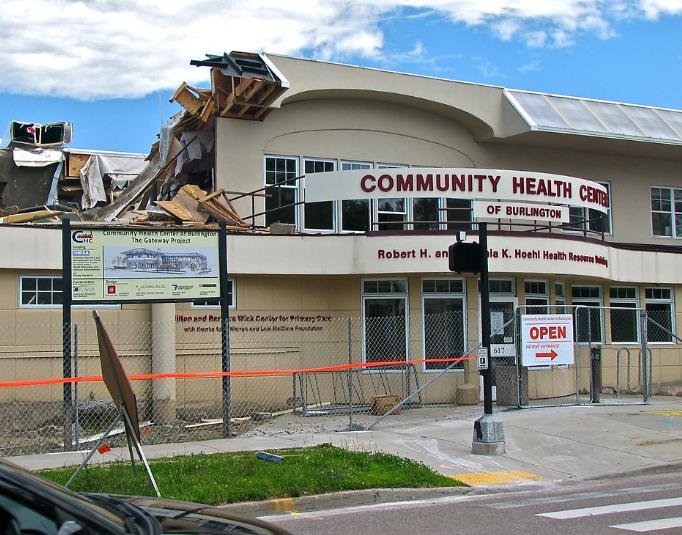Megathrust earthquakes are among the most devastating natural disasters, occurring along subduction zones where one tectonic plate slides beneath another. These powerful quakes can trigger massive tsunamis, causing widespread destruction in coastal regions. Several countries are particularly vulnerable to these seismic events due to their geographical location and tectonic activity. This article explores the countries at high risk of megathrust earthquakes and the measures they are taking to mitigate the impact of these potential disasters.
Indonesia, situated on the Pacific Ring of Fire, is highly susceptible to megathrust earthquakes. The country is home to several active subduction zones, including the Sunda Subduction Zone, which extends from Aceh to Papua. This zone has been the site of numerous significant earthquakes, including the devastating 2004 Indian Ocean earthquake and tsunami. The Banda, Sulawesi, and Maluku Sea Plate subduction zones also pose significant threats to the region.

The Indonesian government has implemented various measures to mitigate the impact of megathrust earthquakes. These include establishing early warning systems, conducting regular disaster preparedness drills, and improving building codes to ensure structures can withstand seismic activity. Public education campaigns aim to raise awareness about earthquake safety and preparedness, helping communities to respond effectively in the event of a disaster.
Despite these efforts, the sheer scale of the threat means that Indonesia remains at high risk. The country’s dense population and extensive coastline make it particularly vulnerable to the effects of tsunamis triggered by megathrust earthquakes. Ongoing research and international collaboration are essential to enhance Indonesia’s resilience to these natural disasters.
Japan: The Nankai Trough Threat
Japan is another country at high risk of megathrust earthquakes, particularly along the Nankai Trough. This 800-kilometer-long underwater trench, extending from Shizuoka west of Tokyo to Kyushu Island, is a subduction zone where two tectonic plates converge. Historical records indicate that the Nankai Trough has experienced major earthquakes measuring eight or nine on the Richter scale every one or two centuries.
The Japanese government has taken extensive measures to prepare for the next megathrust earthquake. These include advanced early warning systems, stringent building codes, and comprehensive disaster response plans. The country conducts regular earthquake drills and public education campaigns to ensure that residents are prepared for potential seismic events. Additionally, Japan has invested in research to better understand the mechanisms of megathrust earthquakes and improve prediction models.
Despite these preparations, the potential damage from a megathrust earthquake in the Nankai Trough is anticipated to be significant. The densely populated coastal regions and critical infrastructure are at risk, making it essential for Japan to continue its efforts to enhance resilience and preparedness. International cooperation and knowledge sharing are crucial to improving global understanding and response to megathrust earthquakes.
Chile: The South American Seismic Giant
Chile, located on the western edge of the South American Plate, is frequently affected by large-scale earthquakes, including megathrust events. The country’s proximity to the Peru-Chile subduction zone, one of the most active subduction zones globally, makes it particularly vulnerable to these seismic events. This zone has been responsible for some of the world’s largest earthquakes, including the 1960 Valdivia earthquake, the most powerful earthquake ever recorded.
The Chilean government has implemented robust measures to mitigate the impact of megathrust earthquakes. These include strict building codes, early warning systems, and comprehensive disaster response plans. Chile’s experience with frequent seismic activity has led to a high level of public awareness and preparedness. The country conducts regular earthquake drills and invests in research to improve understanding and prediction of seismic events.
Chile’s efforts to enhance resilience have been recognized globally, and the country serves as a model for earthquake preparedness. However, the ongoing threat of megathrust earthquakes means that continuous improvement and adaptation are necessary. International collaboration and support are vital to further strengthen Chile’s capacity to respond to these natural disasters.
In conclusion, countries like Indonesia, Japan, and Chile are at high risk of megathrust earthquakes due to their geographical location and tectonic activity. These countries have implemented various measures to mitigate the impact of these seismic events, but the threat remains significant. Ongoing research, international collaboration, and public education are essential to enhance resilience and preparedness. By working together, these countries can improve their ability to respond to megathrust earthquakes and protect their populations from the devastating effects of these natural disasters.
















